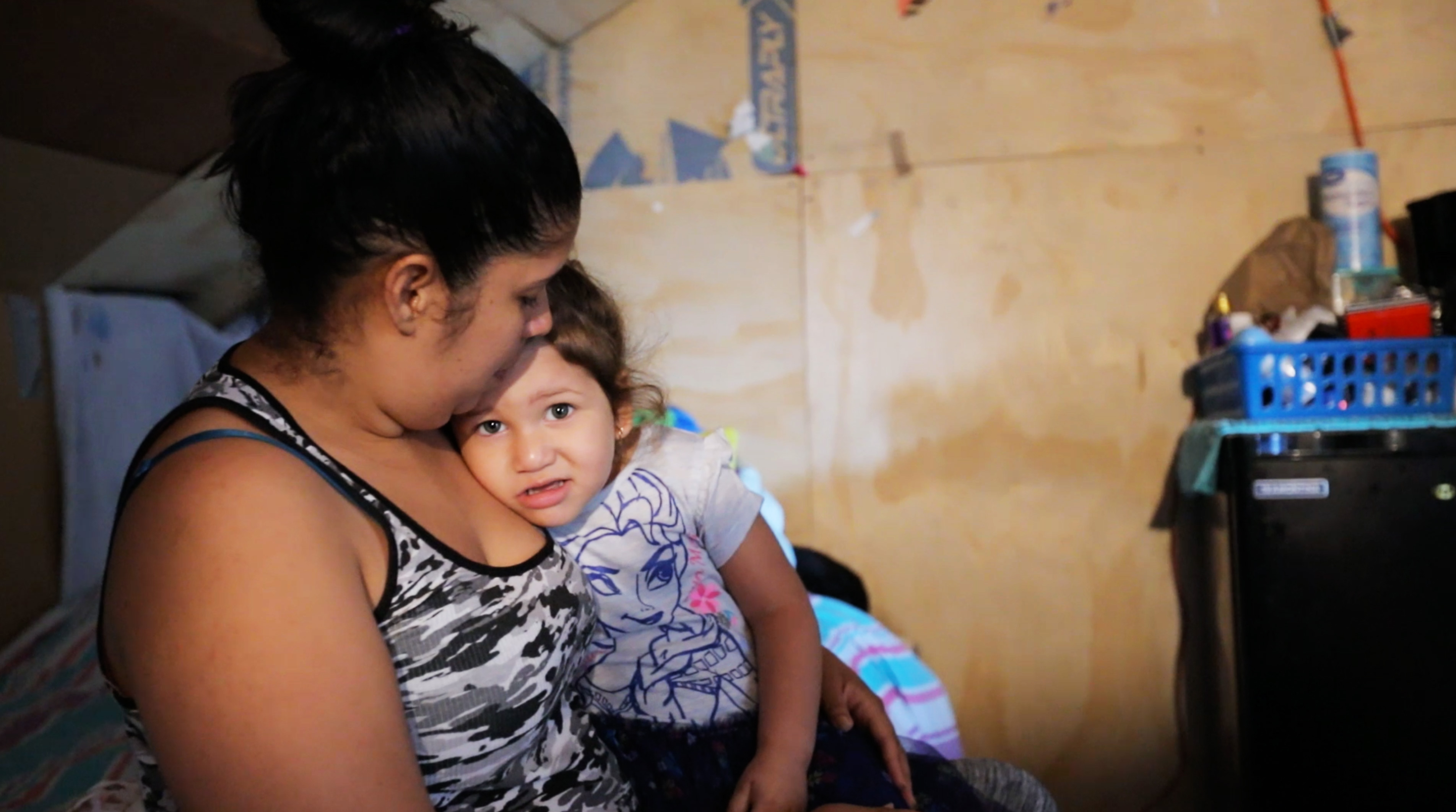The Trump administration has still not enacted a federal disaster relief program that could provide essential housing assistance to people displaced by the California wildfires, and federal officials are refusing to say whether they have any plans to do so in the future, either.
In parts of the state hit hardest by California’s most deadly and destructive wildfires that have displaced hundreds of thousands of people, emergency shelters have become full and available hotel rooms for people receiving Federal Emergency Management Agency (FEMA) disaster assistance are scarce, according to the Washington Post.
FEMA told ThinkProgress in an email that as of Tuesday morning, only 49 families (120 individual people) have checked into hotels through FEMA’s Transitional Sheltering Assistance (TSA) program. The TSA program pays for hotel sheltering for people displaced in emergencies.
But there are other programs available to FEMA. The agency has thus far refused to enact a Department of Housing and Urban Development-administered program that would provide essential housing relief to those people in desperate need of stable housing. The Disaster Housing Assistance Program (DHAP), created in the wake of Hurricane Katrina, provides housing subsidies to survivors and evacuees, and covers the cost of rent, security deposit, and utilities.
When asked if it plans to enact the program, FEMA Press Secretary Lizzie Litzow told ThinkProgress in a statement the agency is “still assessing the situation and continue to collaborate with HUD on the best housing solutions for persons affected by disasters.”
Advocates say help is needed now, and DHAP should be activated. “Families in California will need temporary homes from which to rebuild,” said Diane Yentel, CEO and president of the National Low Income Housing Coalition, in a statement to ThinkProgress. “The DHAP program is a far more cost-effective and more humane solution. Unfortunately, FEMA has consistently refused to put this best practice into action, resulting in predictable and preventable homelessness for some survivors.”
FEMA has refused to enact DHAP for any declared disaster since Trump has taken office. It has previously been enacted following Hurricanes Katrina, Rita, Gustav, Ike, and Sandy. The federal agency has called the program “inefficient and not cost effective” and more costly and difficult for evacuees than some other programs FEMA offers. Previously, FEMA Administrator Brock Long incorrectly claimed a 2011 Inspector General report showed the program was “ineffective.”
An analysis by the National Low Income Housing Coalition found DHAP is actually much more cost-effective than putting a person up in a hotel through the TSA program. In 2017, providing direct rental assistance to a household costs $8,223 per year ($685 per month). Meanwhile, hotel accommodations under government contracted rates is over $43,000 per year, or around $3,600 per month, the advocacy group found. In total, the federal government could have saved an estimated $142 million by offering DHAP assistance to the more than 6,000 families living in TSA hotels for eight months.
But FEMA is again paying hotel rates (for a very small number of people) instead of activating DHAP. The agency has approved hotel rooms for just 49 displaced families through the TSA program, and is distributing short-term housing subsidies to others that only cover a month or two of rent. Forty-nine families is a small fraction of the people who need help: According to the Post, more than 50,000 people are currently displaced and only marginally sheltered, living in shelters, tents, sleeping in cars, staying with friends or relatives, or paying for their own hotels. By some estimates, hundreds of thousands of people across California have been displaced from their homes.
Hotel space in areas devastated by the wildfires is in desperately short supply: There are only nine TSA-registered hotels within 50 miles of Paradise, Calif. — a town of almost 30,000 people that was almost entirely destroyed by the wildfires.
Yentel explained that the TSA program is “unusable for many low-income survivors” because of the lack of participating hotels, meaning low-income families have to pay “resort fees” or security deposits. They’re less likely than other families to have a credit card to show at check-in, for example.
“For those who can overcome these barriers, crowded motel stays should be kept to a minimum, and not be utilized for months on end as they were after Hurricanes Harvey and Maria,” Yentel said.
In the aftermath of Hurricane Maria, FEMA refused to enact the DHAP program, then later stopped funding the hotel rooms for more than 1,000 displaced Puerto Ricans reliant on the program a year after they became displaced. FEMA gave below market-rate short-term rental subsides to people who relocated to the U.S. mainland, and denied a large number of people repairs to their homes, leaving many in a state of homelessness.
CORRECTION: This story previously identified Brock Long as the former secretary of FEMA. In fact, he is the current head of the agency, and his title is administrator.


